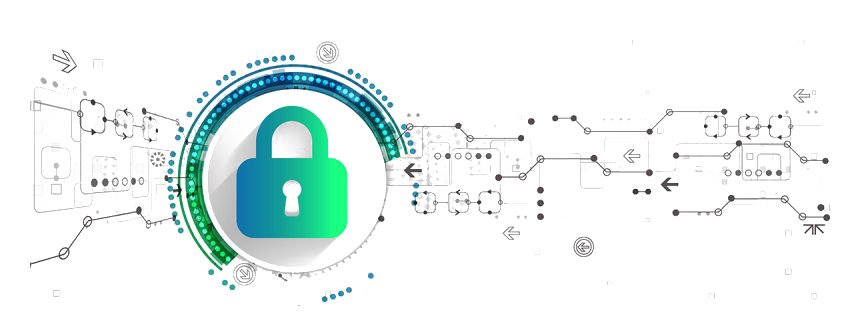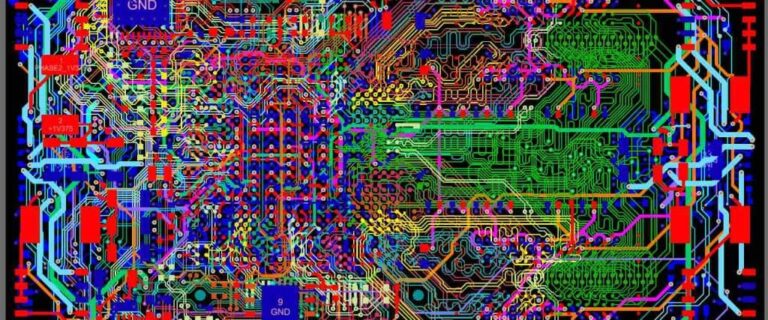Security Considerations in Embedded IoT Systems

In the interconnected realm of the Internet of Things (IoT), where devices communicate seamlessly to enrich our lives, the paramount concern is security. Let’s takes a deep dive into the intricate world of Embedded IoT Systems, exploring the critical security considerations that stand as the guardians of our digital gateways.
The Unseen Threats: Understanding IoT Vulnerabilities:
Embedded IoT Systems, while enhancing convenience, introduce a myriad of potential vulnerabilities. From unauthorized access to data breaches, understanding the landscape of IoT security threats is the first step in fortifying the digital fortress.
Encryption: Shielding Data from Prying Eyes:
One of the fundamental pillars of security in Embedded IoT Systems is encryption. This section delves into the importance of end-to-end encryption, securing data both in transit and at rest. From AES to SSL/TLS protocols, encryption becomes the digital shield against data compromise.
Authentication Protocols: Verifying Friend from Foe:
Ensuring that only authorized entities access IoT devices is paramount. Robust authentication protocols such as OAuth, JWT, PASETO, and biometrics, safeguards against unauthorized access and mitigating the risk of compromised devices within the IoT network.
Firmware Security: The First Line of Defense:
Firmware serves as the backbone of Embedded IoT Systems. This section emphasizes the importance of secure coding practices, regular updates, and code integrity checks to thwart potential attacks that exploit vulnerabilities in the device’s firmware.

Over-the-Air (OTA) Security: Updating Without Compromising:
While OTA updates enhance device functionality, they also pose potential security risks. The Best practices in securing OTA updates should be used, ensuring that the very process designed to improve devices doesn’t become a gateway for malicious entities.
Network Security: Fortifying the Digital Web:
Embedded IoT Systems are nodes in a vast digital web. Strengthening network security involves measures like firewalls, intrusion detection systems, and network segmentation.
Physical Security: The Often Overlooked Dimension:
In the race to fortify digital defenses, the physical aspect is sometimes neglected. This segment underscores the importance of physical security measures, from tamper-resistant hardware to secure boot processes, guarding against unauthorized physical access.
Privacy by Design: The Ethical Imperative:
Privacy should not be an afterthought but a foundational principle in IoT design. This section advocates for a “Privacy by Design” approach, ensuring that user data is handled responsibly, and ethical considerations are embedded into the very fabric of Embedded IoT Systems.
As we embark on a future shaped by the Internet of Things, security becomes not just a feature but a fundamental imperative. The considerations outlined in this blog are the guardians that stand watch over our interconnected devices, ensuring that the promise of IoT is not overshadowed by the perils of insecure design. In the intricate dance between innovation and security, Embedded IoT Systems emerge not just as devices but as digital guardians, ensuring a future where connectivity is synonymous with safety.







